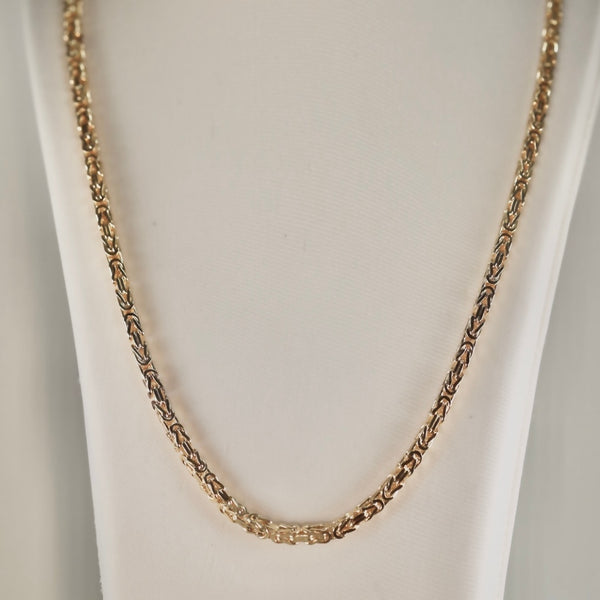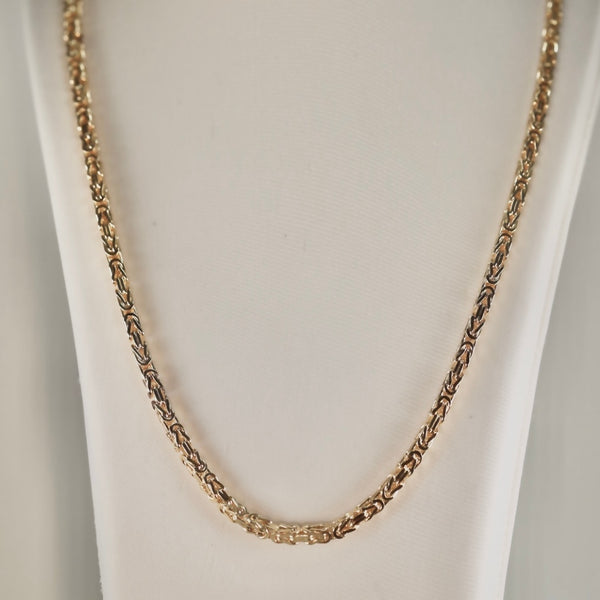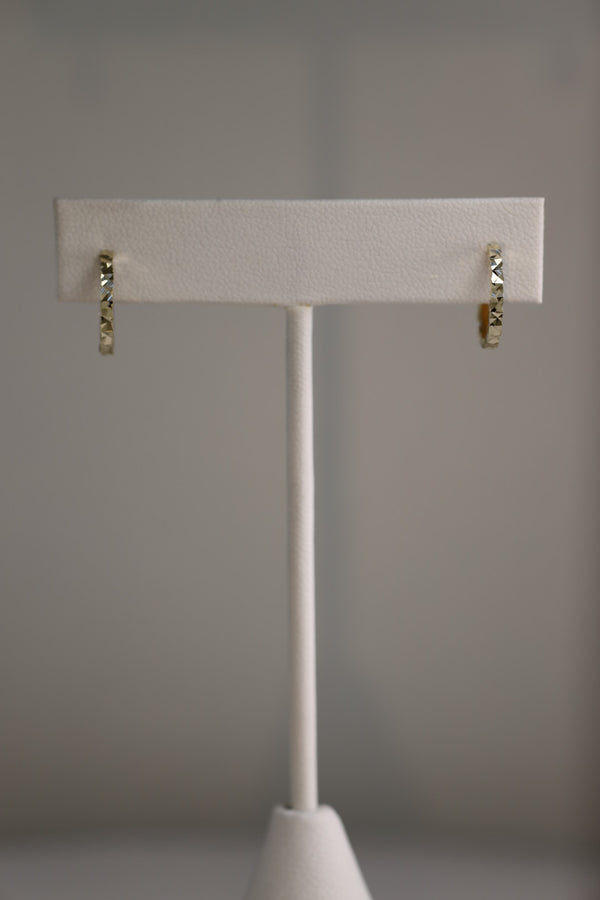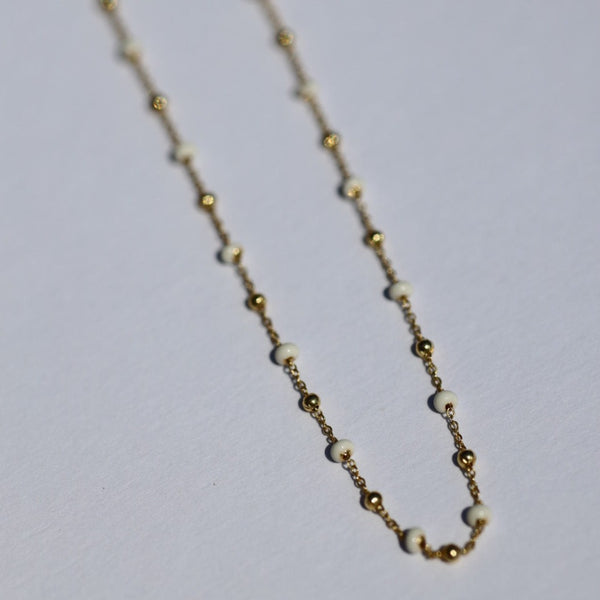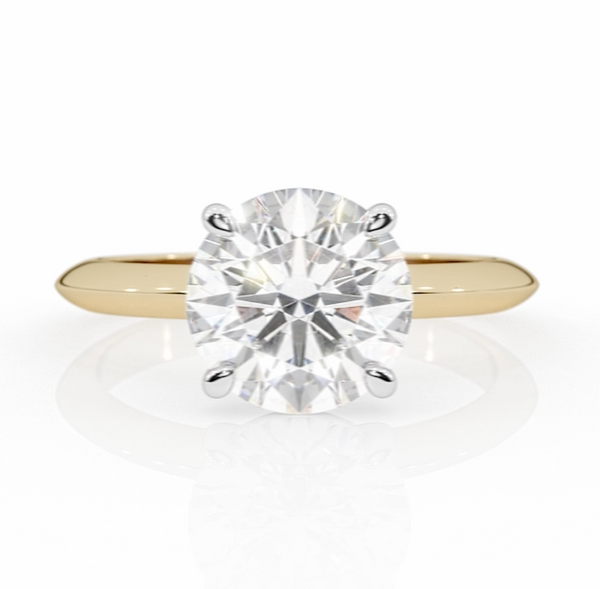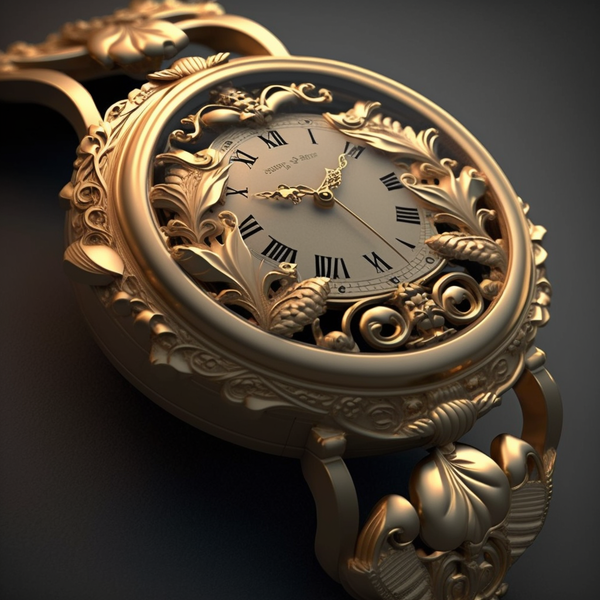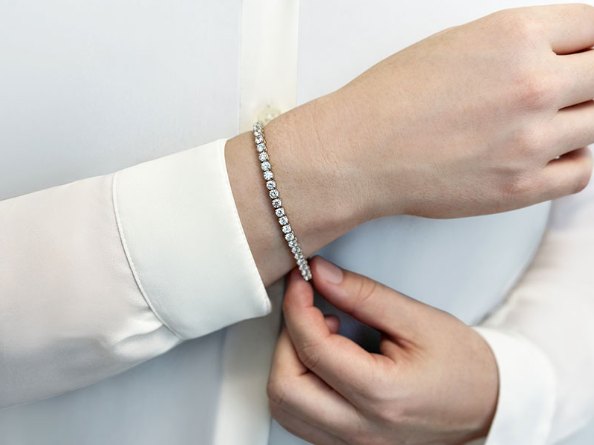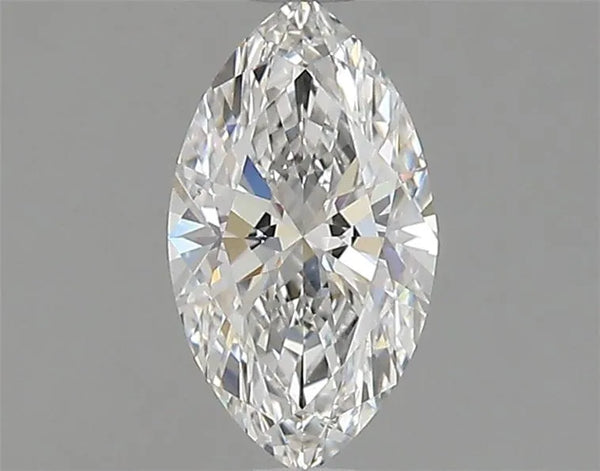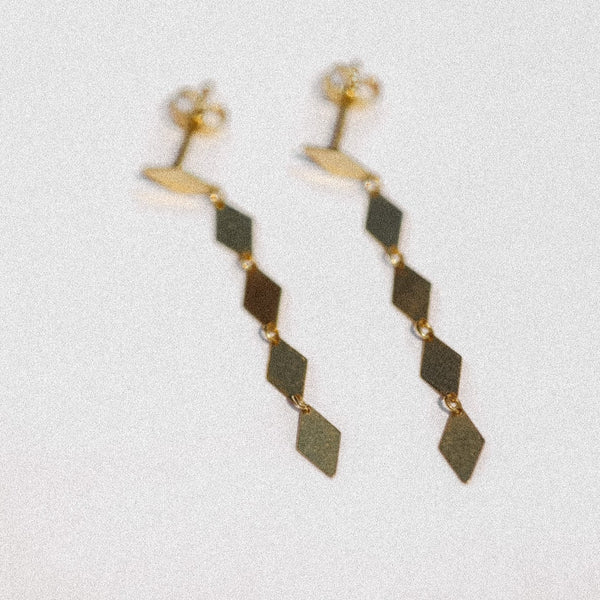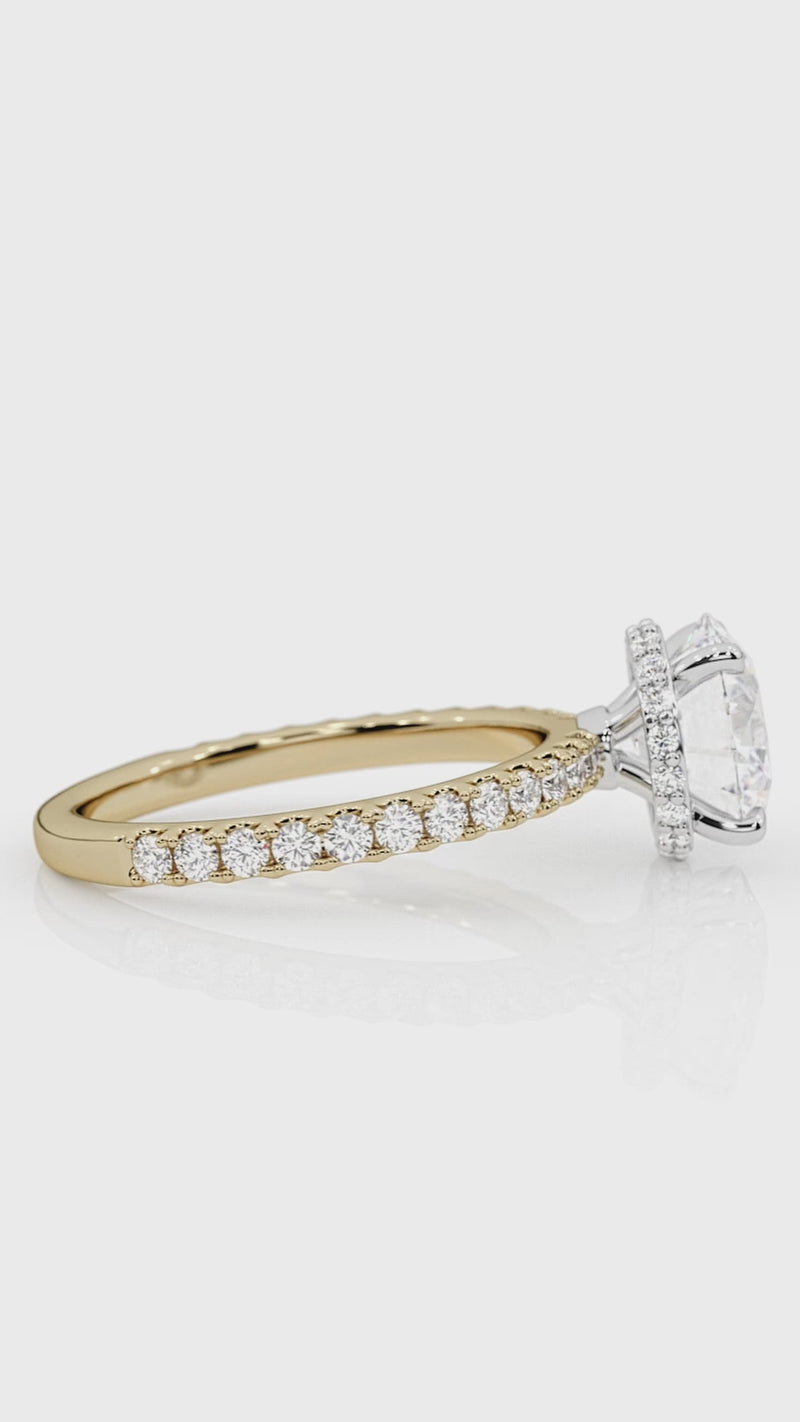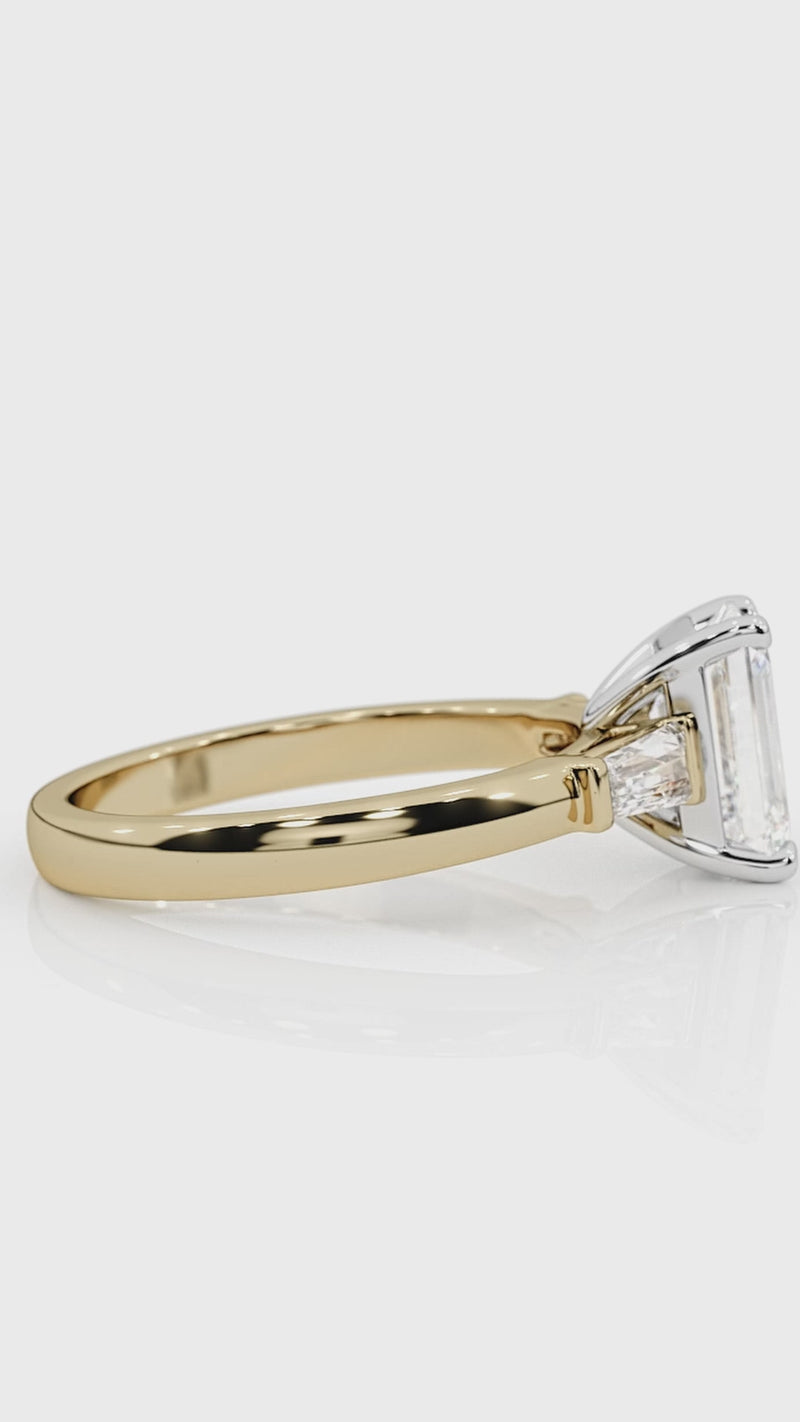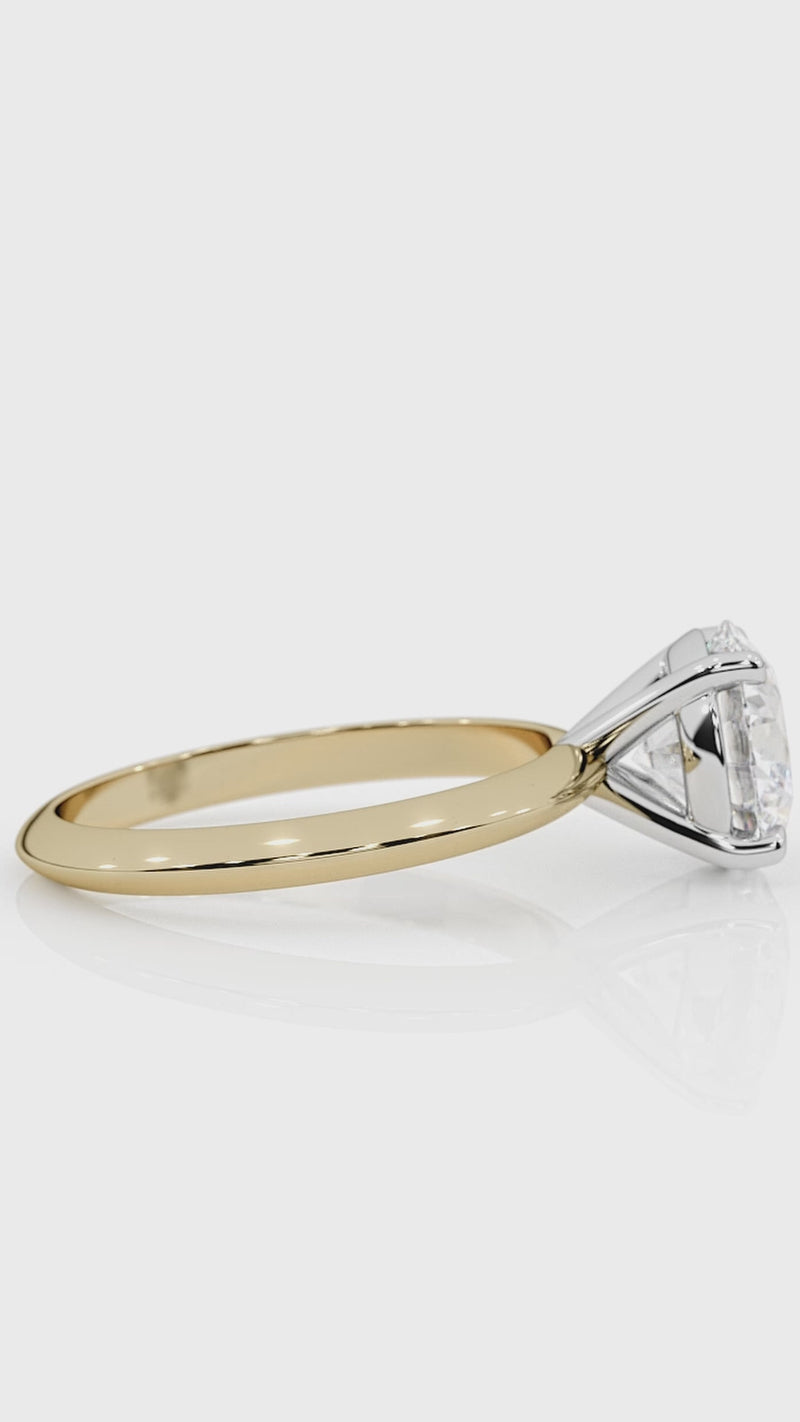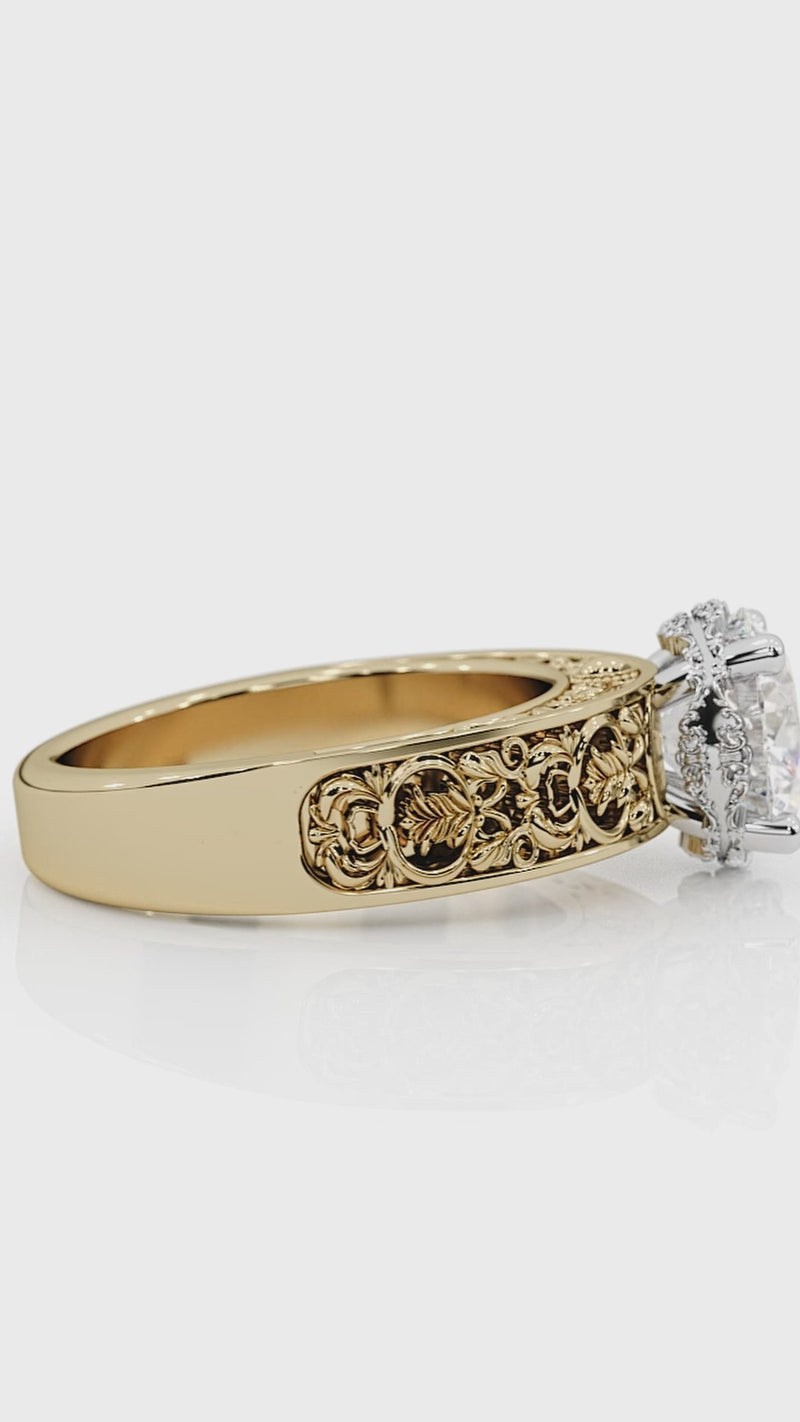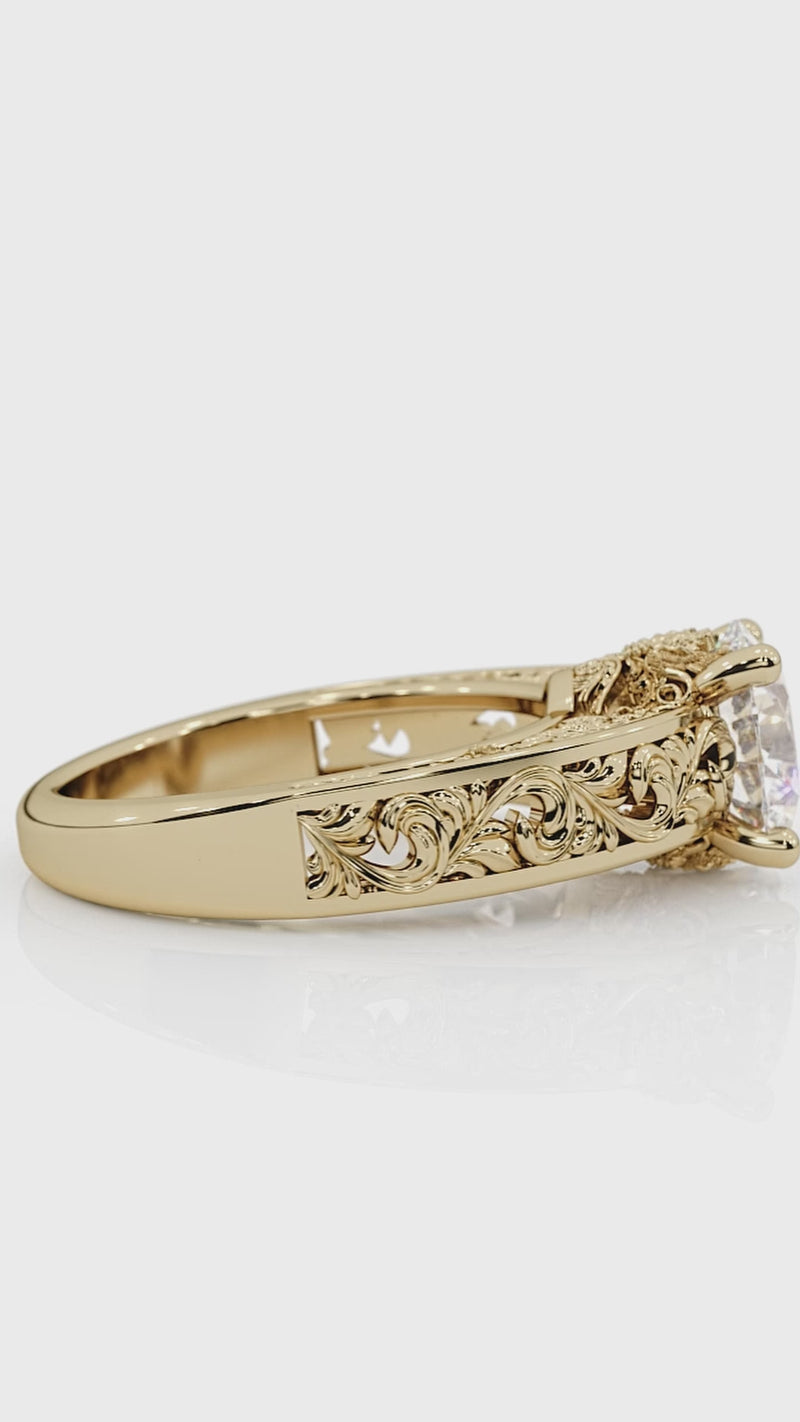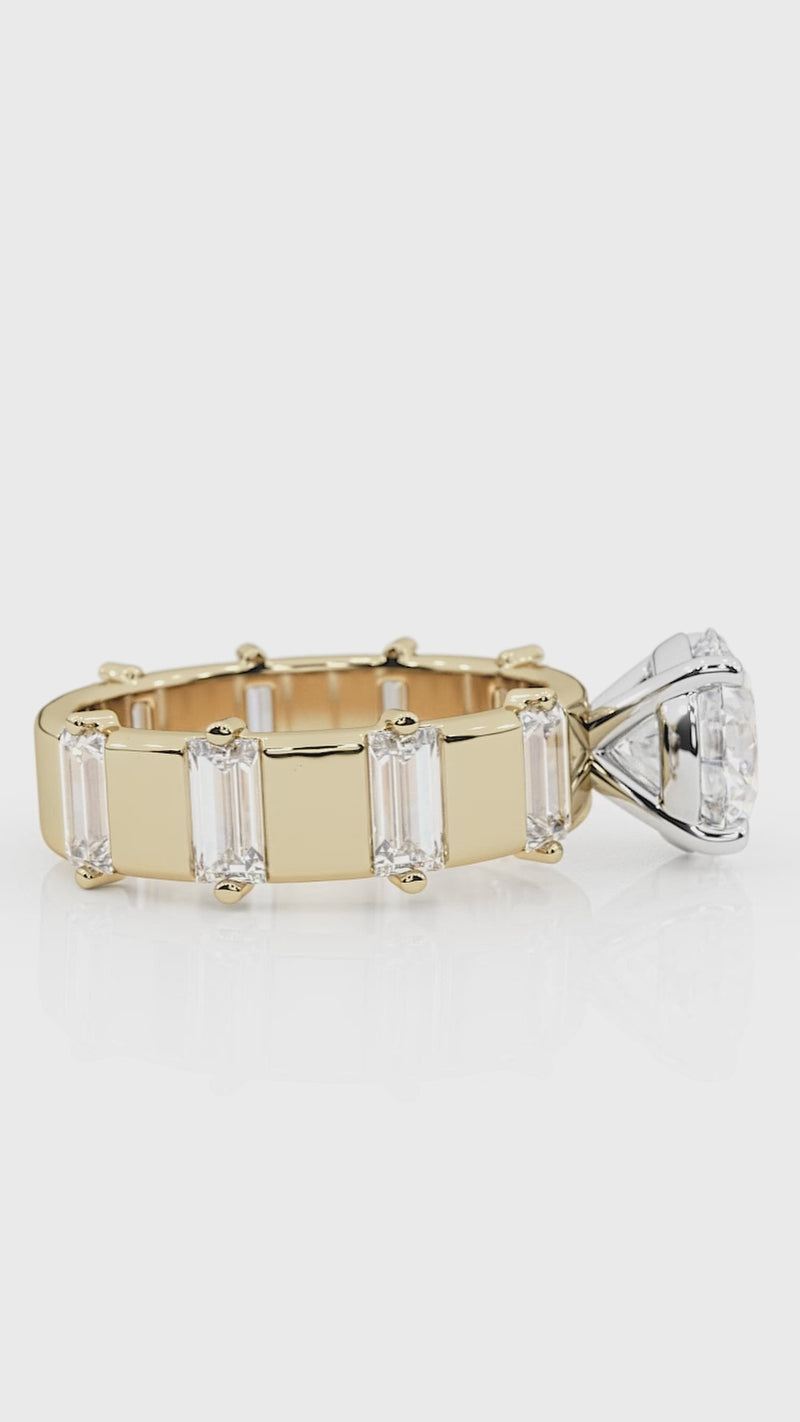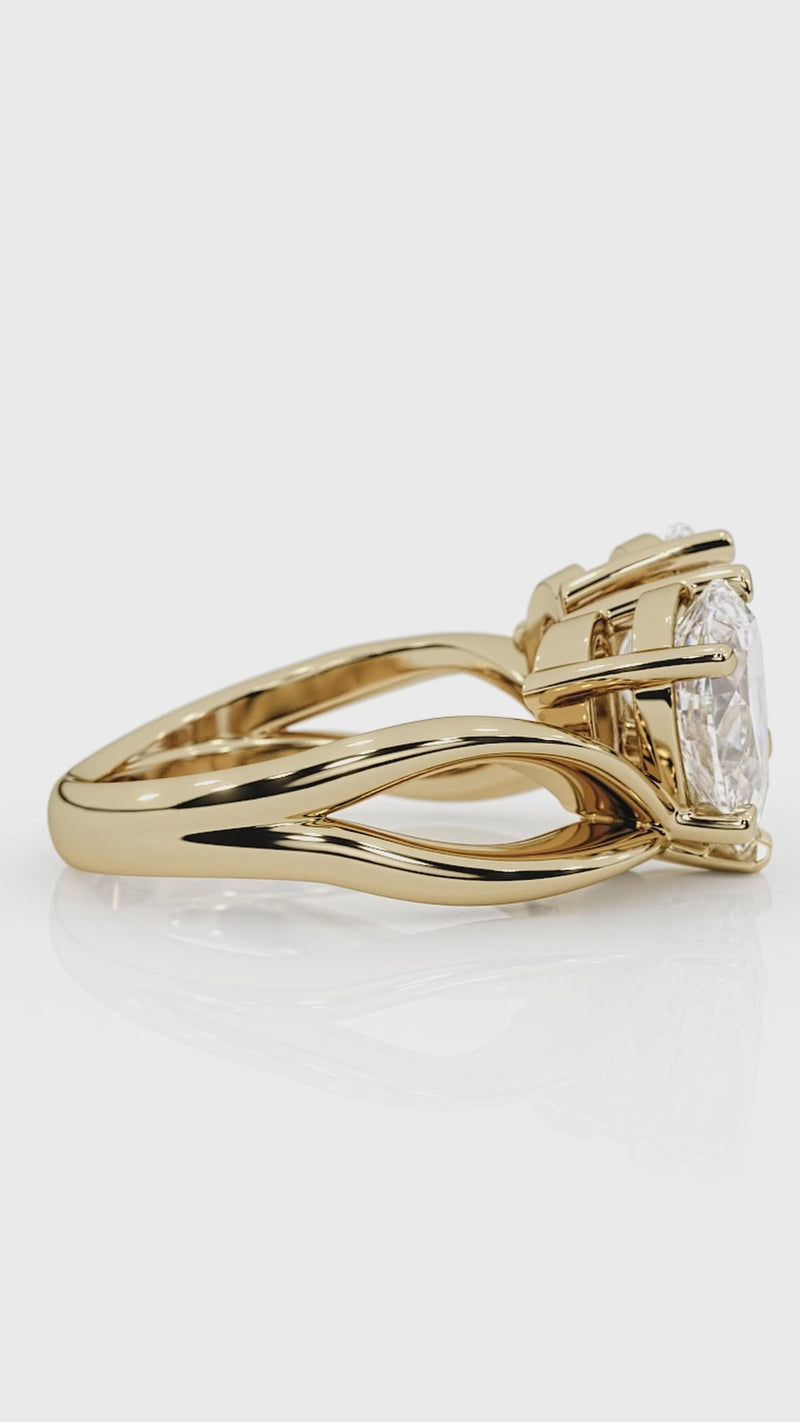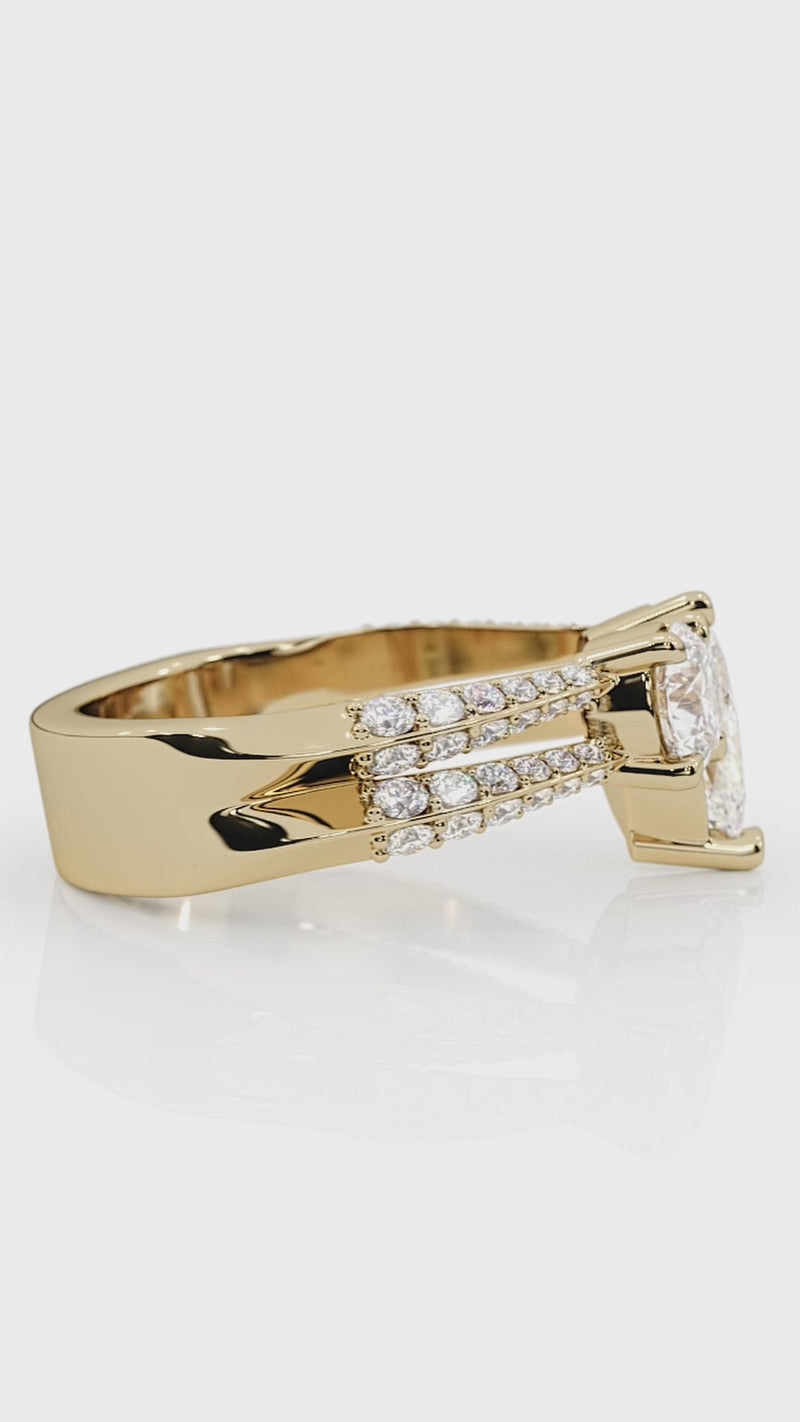Diamond Colour Chart: The Ultimate Guide to Sparkle
By: Nick Coutu
Table of Contents
- Introduction
- Understanding the Diamond Colour Chart
- Why the Diamond Colour Chart Is So Subjective
- Diamond Colour Chart’s Impact on Price
- Three Ways to Use the Diamond Colour Chart
- Product Spotlight
- About the Author: Nick Coutu
- FAQs on the Diamond Colour Chart
- Summary
- Related articles
Have you ever wondered why two diamonds that look almost identical can vary so much in price? The answer often lies in the diamond colour chart, a crucial tool that helps grade a diamond’s appearance and hue. Understanding this chart can be the key to finding a gem that fits both your taste and budget. In this comprehensive guide, you’ll learn how the diamond colour chart works, why colour is so subjective, and how to leverage this knowledge when making your purchase.
Introduction
Shopping for a diamond isn’t just about carat weight or the stone’s clarity. While those factors are undeniably important, the colour of a diamond can transform its look and feel. The diamond colour chart becomes a trusted roadmap in determining where a stone falls on the spectrum—from absolutely colourless to warm, tinted hues.
Without a comparable diamond hue as a baseline, even seasoned experts can struggle to pinpoint a stone’s exact colour grade. In fact, the ability to accurately determine a diamond’s grade typically depends on placing it alongside another known colour. Beyond that, numerous factors add to the subjectivity of color grading—human error, variations in grading environments, and even differing standards across certification labs. Ultimately, colour remains highly subjective. As a result, if you set your own diamond next to a friend’s, you might not notice any meaningful difference.
Understanding the Diamond Colour Chart
The diamond colour chart is typically referenced using a scale devised by the Gemological Institute of America (GIA). This chart categorizes diamonds from D (colourless) to Z (light yellow or brown).
-
D–F (Colourless)
- Represent the highest rarity
-
Command a premium price
- Perfect for those seeking the purest white sparkle
-
G–J (Near-Colourless)
- Slight warmth not always noticeable to the untrained eye
- A great balance of value and beauty
- Often appear colourless once set in jewellery
-
K–M (Faint Tint)
- Subtly noticeable yellow or brown hue
- Can be more affordable
- Lovely when paired with yellow gold settings
-
N–Z (Light Tint to Obvious Tint)
- Colour becomes more pronounced
-
Budget-friendly, but not everyone prefers the added warmth
- Can look very unique with the right design
For fancy-colour diamonds—like pinks, blues, and vibrant yellows—the diamond colour chart differs, focusing on saturation, tone, and hue intensity.
Why the Diamond Colour Chart Is So Subjective
While the diamond colour chart provides an objective grading scale, human perception adds a layer of subjectivity to the process.
1. Lighting Conditions Affect the Diamond Colour Chart
Whether you’re examining a stone in natural daylight, fluorescent office lighting, or under warm incandescent bulbs, the diamond’s hue can shift. A G-colour diamond may appear closer to an F in the bright sun but lean toward an H under softer indoor light.
2. Personal Preferences Influence the Diamond Colour Chart
Some buyers love the crisp, icy appearance of D–F diamonds, while others prefer the subtle warmth of G–J. Cultural influences and emotional associations with certain hues can also sway your preference on the diamond colour chart.
3. Ring Settings and Metal Choices
The metal you choose for your ring setting interacts dramatically with the diamond’s tint. White gold or platinum might emphasize a cooler shade, whereas yellow gold could mask or complement warmer tones in lower grades on the diamond colour chart.
Diamond Colour Chart’s Impact on Price
The diamond colour chart doesn’t only affect aesthetics—it significantly influences cost. Here’s how:
-
Colourless Costs More
Diamonds in the D–F range can be exceptionally pricey due to their rarity. Even a one-grade difference, such as D to E, can result in a notable price variation.
-
Near-Colourless Sweet Spot
G–J offers a great value, especially for those who want the look of a colourless diamond without the premium. These diamonds remain popular for balancing beauty and budget.
-
Fancy-Colour Premium
Fancy-colour diamonds (like vivid pink or canary yellow) bypass the traditional chart altogether. Their rarity often leads to jaw-dropping price tags—sometimes far exceeding a D-colour diamond’s cost.
Remember: The diamond colour chart is a guide to help navigate these price differences, but personal preference is still paramount.
Name the grade of each diamond below
Referencing the diamond colour chart mentioned above, can you determine which grade each diamond below was given?
 Dying to know the answer? Send us a message!
Dying to know the answer? Send us a message!
Three Ways to Use the Diamond Colour Chart
Whether you’re new to diamonds or a seasoned enthusiast, here are three actionable ways to make the diamond colour chart work for you:
-
Compare Stones Side-by-Side
- Lay out multiple diamonds of consecutive grades.
- See real differences in colour under consistent lighting.
- Decide which hue resonates most with you.
-
Match Metal to Colour
-
Platinum or white gold for colourless or near-colourless.
-
Yellow gold can harmonize with faint tints.
- This strategy helps optimize the diamond’s appearance.
-
Prioritize the Cut
- An excellent cut can maximize sparkle, masking minor colour.
- Consider dropping one or two colour grades if it means a better cut.
- Often yields the best overall brilliance.
Exploring the Diamond Colour Chart in Everyday Life
Consider how you might view a G-colour diamond at different life events—like a wedding, an anniversary, or a special celebration. As you build memories, your emotional ties to the stone’s hue can deepen, transforming a simple place on the diamond colour chart into a cherished heirloom.
Time to do some diamond browsing.
If you’re ready to see how these principles apply in real life, check out our Diamond showroom at LCJewellery.com. This page allows you to see the vast number of options you have and ability to narrow down to find your perfect balance of cut, color, carat, and clarity. What do your 4 Cs of a diamond look like? Feel free to send us a message for guidance if you need!
Recommendation: Choosing a certified diamond helps protect your investment and gives you peace of mind about the gem’s specifications, authenticity, and origin.
About Me, Nick Coutu
Hello! I’m Nick Coutu, a passionate second generation jeweler with over 20 years of experience in the diamond industry. My journey began my parents founded Lessard Coutu Jewellery in the same year that I was born. I was raised among sparkling beauty and intricate craftsmanship and lucky for me, diamonds are in my blood. Over the years, I’ve dedicated myself to educating clients, ensuring they feel both informed and confident in their jewelry choices. Through my blog, I aim to simplify complex topics, making them accessible and enjoyable for everyone—from first-time buyers to seasoned collectors.
FAQs on the Diamond Colour Chart
1. Is the Diamond Colour Chart the Same for All Shapes?
The grading scale (D–Z) applies across different shapes, but fancy shapes like pears or ovals might show colour differently. Always compare stones in person if possible.
2. How Accurate Are Online Images of the Diamond Colour Chart?
Online images can vary due to screen calibration and lighting conditions. Treat them as guides rather than definitive representations. Physical inspection is crucial.
3. Does the Diamond Colour Chart Matter More Than Cut or Clarity?
Not necessarily. Cut, clarity, and carat also significantly affect a diamond’s overall beauty and value. The trick is to find a balance that matches your priorities.
Summary
The diamond colour chart is an invaluable tool in navigating the spectrum of diamond hues. While the official scale runs from D (colourless) to Z (light tint), fancy-colour diamonds step outside this range entirely, prized for their unique vibrancy. Understanding each category’s visual nuances and its impact on price can guide you toward a gem that matches both your budget and aesthetic ideals. Keep in mind that subjectivity plays a big role—lighting conditions, personal taste, and cultural influences all shape how you perceive a diamond’s colour.
Interested in more diamond insights?
Thank you for reading,
—Nick Coutu


 Dying to know the answer? Send us a message!
Dying to know the answer? Send us a message!


